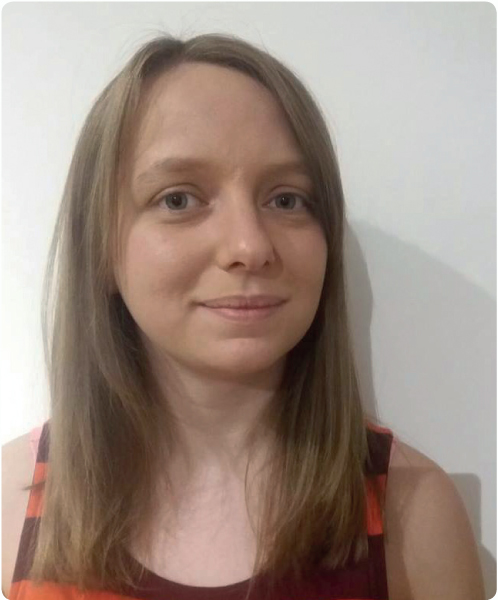
Time certainly has flown since my last article in the January issue, and I am now 5 months into my job with the London Ambulance Service. During these months, I have completed exams, courses and an operational placement, easing me into the new responsibilities of being a paramedic. But no amount of study or caffeine can help prepare you for shift work.
In order to assist newly qualified paramedics (NQPs) with personal development and confidence in our new role as a paramedic, a 2-year consolidation period was created in the form of our gradual completion of a portfolio. This portfolio was compiled by multiple organisations within the UK ambulance service and allows NQPs to evidence practice through reflection and learning outcomes. Completion allows the NQP to become a Band 6 paramedic. I am still getting to grips with it but have already learned a few valuable lessons, which I hope will aid any NQP or students who are about to graduate.
As my ambulance trust provides work-issue iPads, NQPs have been encouraged to download the portfolio and document patient encounters while on shift. I have downloaded the portfolio to Word; but to document the patient encounters, I have been using a programme called Ninox. It is extremely useful as it can keep your evidence of practice organised. Do not despair if you do not have access to an iPad as you can access Ninox on a computer. Clearly the rules of patient confidentiality still apply, so be sure to only document relevant information. I would recommend that anyone using Ninox for their portfolio set up an account. I learned the hard way as I experienced a technological glitch which resulted in my iPad being wiped clean of its data and I had to start from scratch.
The LAS also provides NQP portfolio workshops, which a fellow NQP friend recommended I attend. I did and it was very insightful, providing information about what to include and how to structure your evidence. Being able to ask questions and have a colleague check whether you are on the right track is invaluable – these workshops should not be missed.
I am still finding my feet with this job and I do try to keep on top of my portfolio; however, I am guilty of catching up on my days off. Trying to write patient encounters in between jobs can be difficult, especially when you need to clean the ambulance and get ready for your next patient. I try and write the key points of the encounter so I can remember how to continue if I do not finish, though it's a good idea to check with the senior or band 6 clinician that they are happy with what you have written before they sign it off. When this portfolio is finished, I cannot wait to look back on it with the knowledge that it helped me to become the best paramedic I could be.

